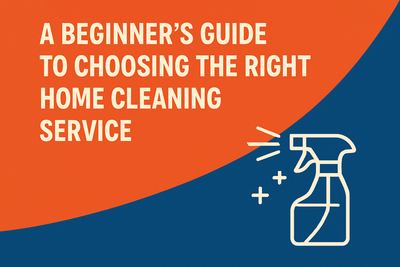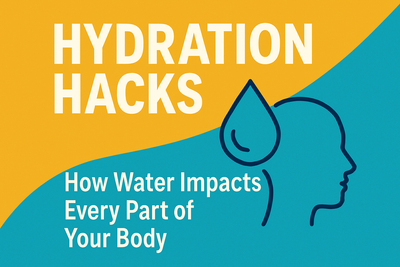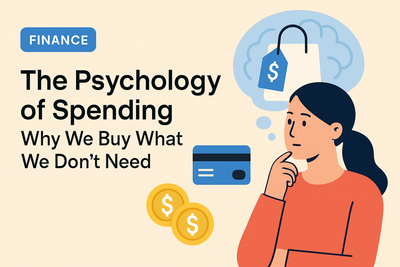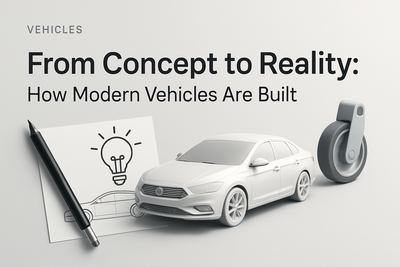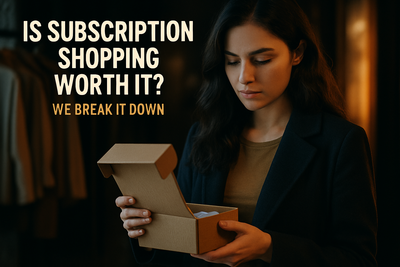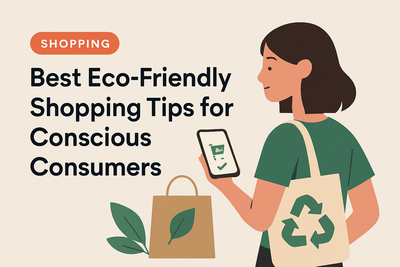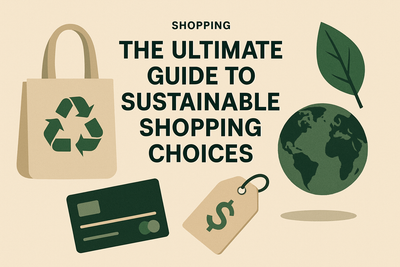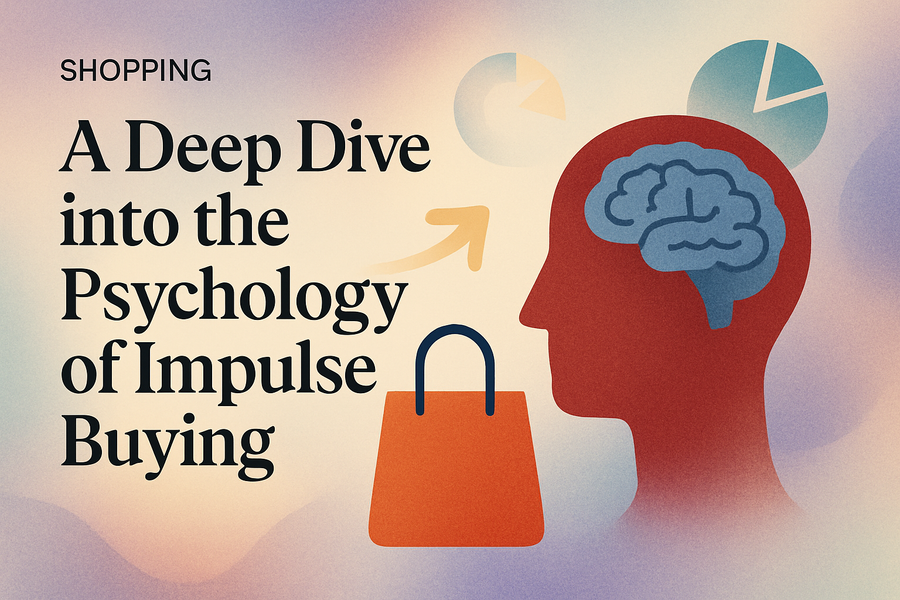
Introduction
Ever found yourself at the checkout line, tossing in a candy bar or a magazine you didn't plan to buy? You're not alone. Impulse buying is a universal experience that plays a significant role in consumer behavior. In fact, studies suggest that over 80% of shopping decisions are made on the spot. But what exactly drives us to make these unplanned purchases?
In this article, we’ll explore the fascinating psychology behind impulse buying—from emotional triggers and cognitive biases to marketing tactics designed to tempt even the most disciplined shoppers.
The Science Behind Impulse Buying
1. Emotional Triggers
Impulse buying is largely driven by emotions. When we're feeling stressed, lonely, or even euphoric, a spontaneous purchase can offer a temporary emotional lift. This is often referred to as "retail therapy," where buying something new gives a short-term boost in mood.
2. Instant Gratification vs. Delayed Gratification
Human brains are wired to seek instant gratification. Impulse purchases satisfy this need quickly and effortlessly, providing an immediate reward. Unlike planned purchases, which involve deliberation and delayed satisfaction, impulse buying bypasses rational decision-making.
3. Cognitive Biases at Play
Biases like the scarcity effect ("limited-time offer") and social proof ("others are buying this") influence our perception of value and urgency. These mental shortcuts can trigger fast, emotionally-driven decisions rather than logical ones.
Marketing Tactics That Encourage Impulse Spending
Brands and retailers have perfected the art of nudging consumers toward impulse buys. Here’s how:
1. Strategic Product Placement
Products placed near the checkout—like snacks, gadgets, or cosmetics—are there for a reason. They're easy to grab and hard to resist when you're already in the buying mindset.
2. Flash Sales and Urgency Messaging
Phrases like “Only 2 left in stock!” or countdown timers on e-commerce sites create a sense of urgency that pressures consumers into quick decisions.
3. Personalized Recommendations
Online stores use algorithms to suggest products based on browsing history or past purchases. These tailored suggestions feel more relevant and tempting, increasing the likelihood of an impulse buy.
Who’s Most Prone to Impulse Buying?
While anyone can fall victim to impulse buying, certain demographics and personality traits are more susceptible:
- Younger shoppers, especially Millennials and Gen Z, tend to be more influenced by online trends and social media.
- People with high emotional reactivity or low self-control are more likely to make impulsive decisions.
- Individuals under stress or emotional strain often engage in impulse buying as a coping mechanism.
How to Curb Impulse Buying
If you find yourself frequently making unplanned purchases, here are some strategies to help regain control:
- Create a Shopping List: Stick to your list to avoid distractions.
- Use the 24-Hour Rule: Wait a day before purchasing non-essential items.
- Unsubscribe from Retail Emails: Reduce exposure to tempting sales and promotions.
- Track Your Spending: Awareness is the first step to change.
Conclusion
Impulse buying is a complex interplay of psychology, emotion, and clever marketing. Understanding the triggers behind your shopping habits can help you make more intentional, satisfying purchases. Next time you're tempted by a flashy sale or a last-minute checkout item, take a moment to ask yourself: Do I really need this—or am I just seeking a quick emotional fix?
Being mindful of your shopping impulses won’t just save you money—it can lead to a more thoughtful and fulfilling consumer experience.

